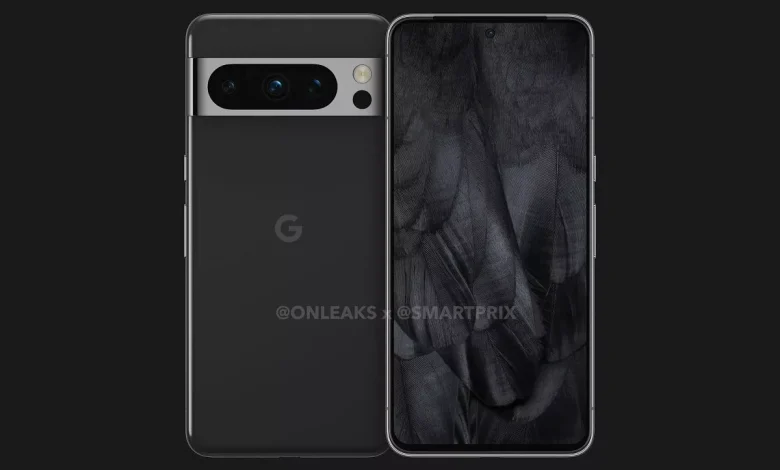The display specifications of the Pixel 8 series phones have been revealed

In the coming months, Google will unveil its latest smartphones, the Pixel 8 series, including standard and Pro models. Now we see the disclosure of the display specifications of these smartphones.
according to A new reportGoogle will use a smaller screen in the Pixel 8 than the Pixel 7 series. In addition, the display of the standard version of this family, like the Pro version, uses a 120 Hz refresh rate.
Possible specifications of the Pixel 8 series display
If the recent report is true, Google will use a 6.17-inch display in the Pixel 8, which is smaller than the 6.31-inch panel of the Pixel 7. While the screen resolution of this device does not change and remains full HD+ (2400 x 1080 pixels), users of this smartphone will have access to a refresh rate of 120 Hz.
The reduction in screen size will be limited to the standard model, however, the overall dimensions of the Pro model will also be reduced. In fact, in the Pixel 8 Pro, we will still face a 6.7-inch panel, but its width will be reduced by one millimeter.
Pixel 8 Pro comes with a lower resolution despite keeping the screen size. While the display of Pixel 6 Pro and 7 Pro has a resolution of 3120 x 1440 pixels, it is said that the resolution of Pixel 8 Pro will be reduced to 2992 x 1344 pixels. This change makes us face 490 pixels per inch instead of 512 pixels per inch.
One possible new feature for the Pixel 8 Pro will be different refresh rate modes. While the Pixel 8 will support refresh rates of 10, 30, 60 and 120 Hz, the Pro model will be able to support refresh rates of 5, 10, 30 and 60 to 120 Hz.
Perhaps the most important change in the display of Google’s future phones is to increase their brightness. Pixel 8 display brightness is said to reach 1,400 nits and the Pro model to 1,600 nits, both of which are higher than the previous generation’s 1,000 nits.

